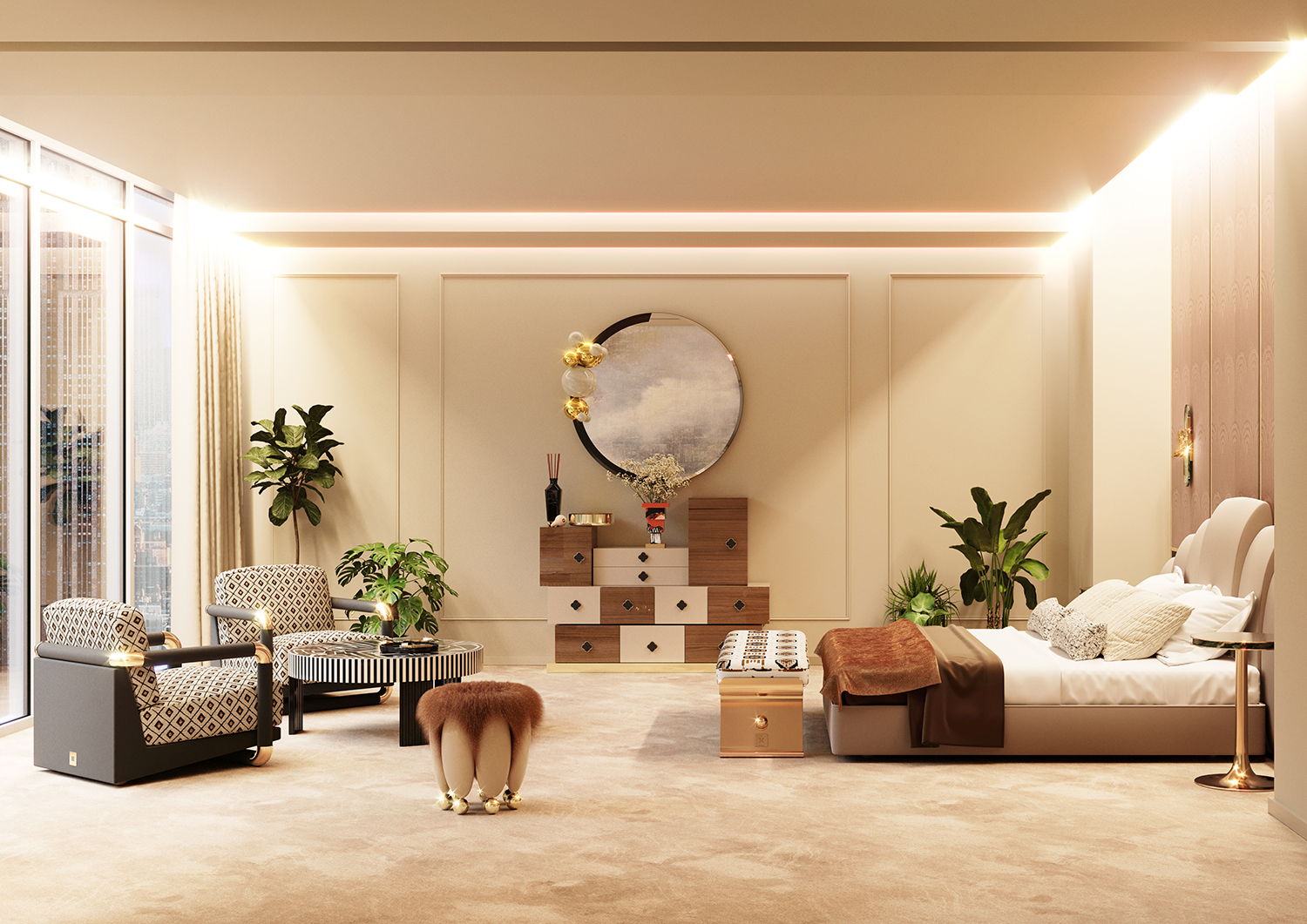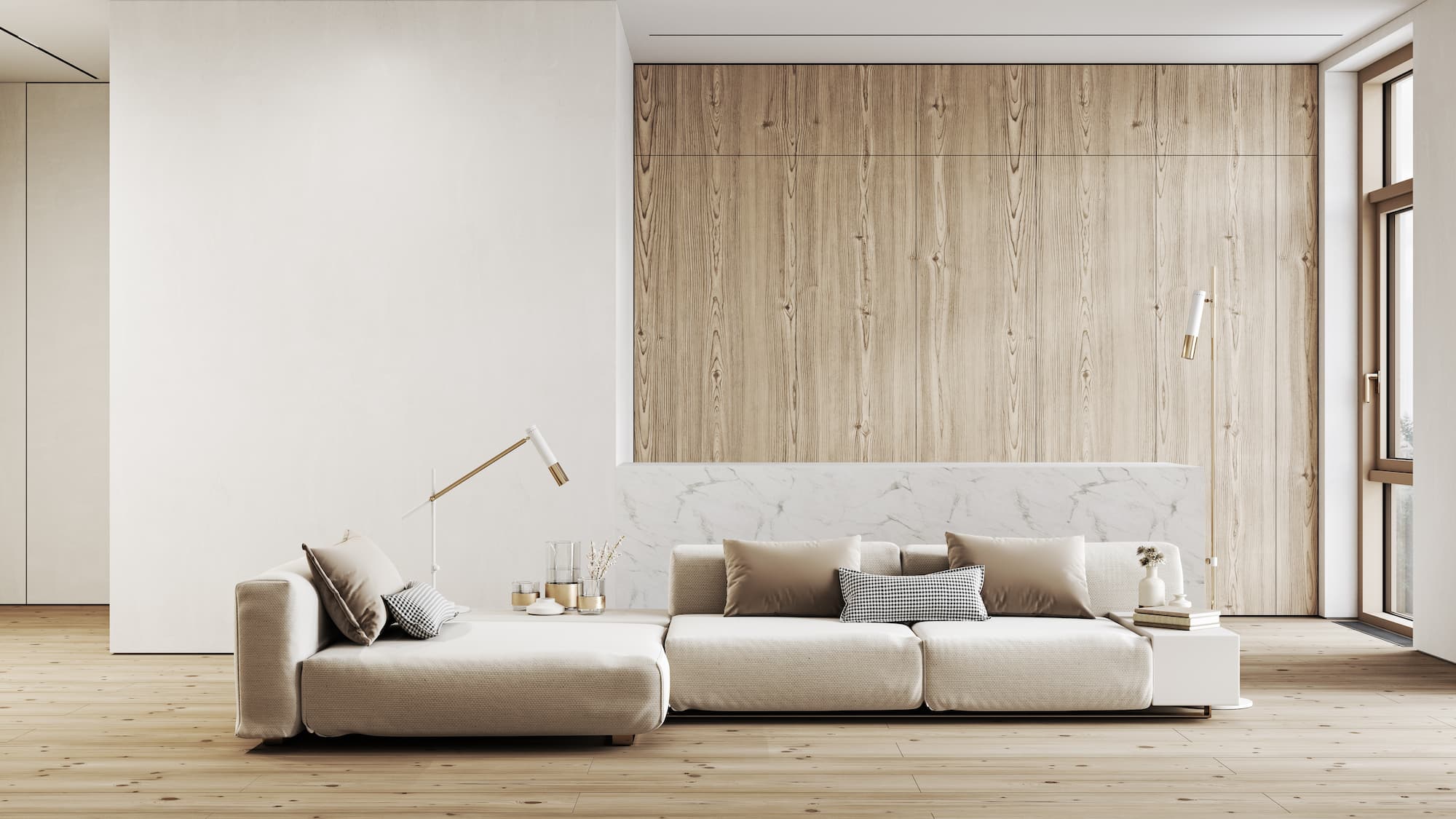Trusted Architecture Firm specializing in modern structures.
Trusted Architecture Firm specializing in modern structures.
Blog Article
Change Your Home With Vital Concepts of Interior Decoration and Aesthetic Appeals
The art of transforming your home through the important principles of interior style and appearance calls for a thoughtful strategy that harmonizes shade, balance, and spatial understanding. By understanding the impact of color theory and the significance of structure and patterns, one can produce areas that are not just aesthetically appealing however also deeply individual. Accomplishing this stability entails greater than plain design; it encompasses a strategic setup and an eager understanding of just how each element communicates within a room. As we check out these fundamental principles, consider exactly how they may redefine your understanding of home and individual expression.
Understanding Shade Theory
Shade theory is a fundamental facet of interior decoration that dramatically affects mood, understanding, and total visual. Comprehending the concepts of color concept permits developers to develop spaces that reverberate mentally with owners while fulfilling functional demands (Architecture Firm). Colors can be classified into three main kinds: main, second, and tertiary. Each classification plays a crucial function in developing consistency within an area.
The mental influence of colors is profound; cozy tones such as reds and oranges evoke energy and warmth, while great tones like blues and greens promote calmness and harmony. The usage of corresponding shades boosts visual interest, developing striking contrasts that can elevate a room's appeal.
Neutral colors, on the other hand, act as a versatile background, permitting other design elements to beam. It is vital to consider aspects such as lights and the area's function when selecting a color palette, as these can modify the understanding of shades throughout the day.
Ultimately, a well-considered shade system can change an area, cultivating a sense of comfort and design that lines up with the residents' preferences. Mastery of color concept is, for that reason, a vital skill for any interior designer intending to produce harmonious and welcoming environments.
Accomplishing Balance in Style
Just how can designers achieve a sense of equilibrium in their rooms? Attaining equilibrium in style is fundamental to creating harmonious interiors.
Asymmetrical equilibrium, on the various other hand, relies upon varying elements that still attain a natural look. This strategy enables for even more vibrant and informal arrangements, providing passion while keeping balance. By meticulously choosing differing sizes, shades, and textures, developers can produce an aesthetically engaging room that feels well balanced yet energised.
Radial equilibrium highlights a central prime focus with aspects radiating external. This design is generally seen in circular layouts, where furniture and design produce a natural border that attracts the eye inward.
Eventually, attaining equilibrium needs thoughtful factor to consider of range, percentage, and the connections in between components. miami luxury interior design. By skillfully using these equilibrium concepts, designers can change rooms right into environments that feel both visually pleasing and functionally harmonious, improving the overall experience for residents
Importance of Spatial Awareness

A keen sense of spatial recognition enables developers to recognize prime focus within a space, directing the customer's attention to vital attributes while keeping a total sense of unity. It also aids in the strategic positioning of lights, which can considerably influence the understanding of space and mood. Furthermore, comprehending spatial connections makes it possible for the designer to deal with the specific needs of citizens, ensuring that each area serves its intended purpose without jeopardizing aesthetics.
Eventually, spatial awareness is vital for maximizing the capacity of any type of indoor room. By carefully thinking about the interaction in between measurements, design, and function, developers can develop atmospheres that not only fulfill functional demands however additionally evoke a feeling of comfort and appeal, enhancing the general living experience.
Including Texture and Patterns
Welcoming a varied series of appearances and patterns can considerably boost the aesthetic and tactile allure of an interior area. The tactical use of numerous products-- such as wood, steel, fabric, and rock-- develops depth and rate of interest, making an area really feel extra welcoming and dynamic. Integrating smooth surfaces with harsh textures can develop a balance that draws the eye and involves the detects.
When including patterns, take into consideration both range and rep. Huge patterns can function as prime focus, while smaller, subtle layouts can match various other elements without overwhelming the area. Layering patterns, such as pairing floral paddings with striped tosses, includes intricacy and a sense of consistency if performed attentively.
It is also critical to maintain a cohesive color palette, making sure that appearances and patterns interact as opposed to complete for interest. By selecting a few vital structures and patterns, you can produce a combined visual that mirrors your personal style while improving the overall setting of the area. Inevitably, the mindful consolidation of these components can change a mundane room into an advanced environment rich with character and heat.
Personalizing Your Room
Producing a room that important link reflects your character is vital to achieving a really welcoming environment. Customization in interior decoration allows you to infuse your unique design and rate of interests right into your home, changing it from a plain sanctuary into a refuge that talks to who you are. Begin by selecting a color combination that resonates with your feelings-- strong tones can energize, while soft tones provide harmony.
Integrate artwork and decor that reflect your passions, whether it be travel, nature, or abstract concepts. Showing personal collections, such as books, photos, or keepsakes, can evoke valued memories and produce focal factors within an area. Furthermore, think about tailoring useful pieces, like upholstered furnishings, to straighten with your aesthetic preferences.

Conclusion
In final thought, the transformation of a home via the vital principles of interior design and visual appeal requires a comprehensive understanding of shade theory, balance, spatial awareness, structure, and customization. Each component adds significantly to creating an unified and functional living setting - Architecture Firm. By attentively integrating these principles, people can enhance the visual appeal and emotional resonance of their rooms, eventually promoting a home that mirrors unique identities while offering comfort and usefulness
Report this page